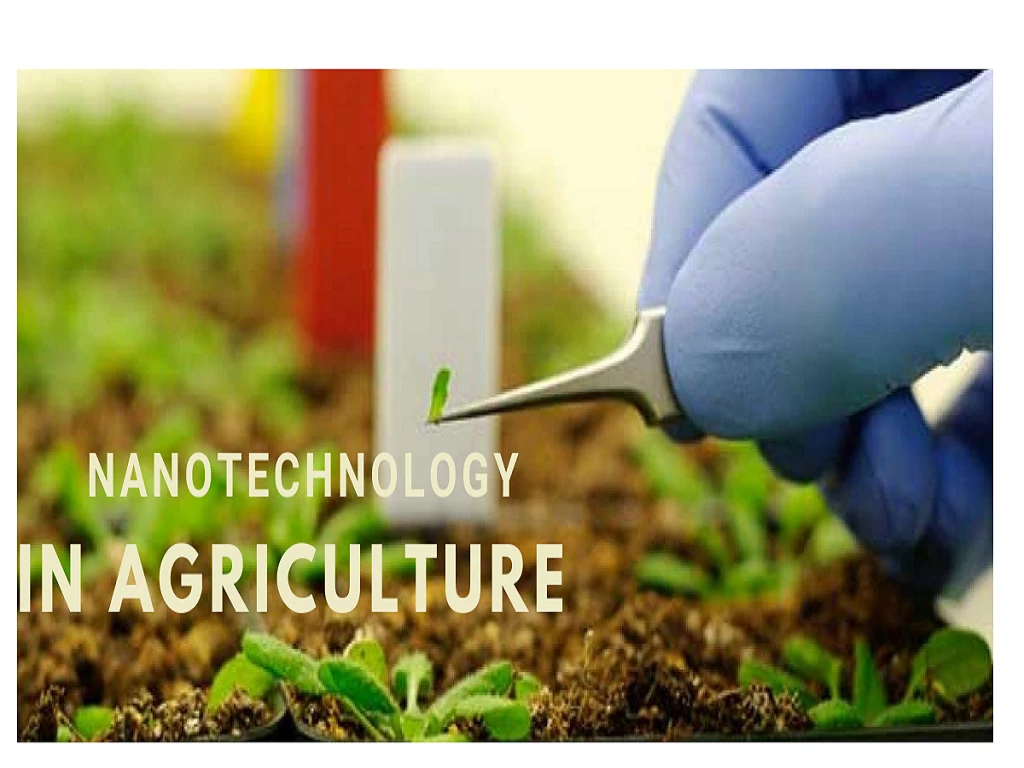Attempts to use nanotechnology in agriculture started with the growing understanding and realization that traditional farming technologies will not be able to increase efficiency any further or reestablish ecosystems that had been affected by current technologies to their original state; in particular, because of the long-term impacts of farming with Chemical fertilizers and pesticides. In this article, we will be covering the base of nanotechnology to its application, prospects, and future challenges.
What is Nanotechnology
Nanotechnology is the study and management of matter at the nanoscale, where unique phenomena offer revolutionary applications, with dimensions ranging from 1 to 100 nanometers. Nanotechnology involves the effective manipulation and control of nanoparticles.
Nanotechnology has made significant contributions to sustainable agriculture by increasing crop yield and recovering and improving soil quality.
Nanotechnology is used in a variety of agricultural applications, including:
- Delivery of nano pesticides
- Nanoparticles containing biofertilizers are released gradually and in a regulated manner.
- Application of nano biosensors for quick detection of phytopathogens and other biotic and abiotic stressors in crop growth.
Nanoparticles used in Agricultural Sector
Below are some of the Nanoparticles commonly used in the agriculture sector.
Polymeric nanoparticles
Polymeric nanoparticles are used in agriculture to deliver agrochemicals in a gradual and regulated manner. Polymeric nanoparticles have several advantages, including greater biocompatibility and less influence on non-targeted species.
Silver nanoparticles
Silver nanoparticles are widely used as antimicrobial agents against a wide variety of plant pathogens. Silver nanoparticles have also been shown to improve plant growth, according to researchers.
Nano alumino-silicate
As an effective pesticide, several chemical companies use nano alumino-silicate formulations.
Carbon nanoparticles
For better seed germination, carbon nanoparticles including graphene, graphene oxide, carbon dots, and fullerenes are utilized.
Other nanoparticles utilized in agriculture include copper oxide, zinc oxide, nanoparticles, and magnetic nanoparticles.
Crop Productivity Enhancement Through Agricultural Nanotechnology
Nono herbicide, Nanofertilizer, Nanobiosensors, and Nanopesticides are some of the examples where nanotechnology has been used to enhance crop productivity.
Nanoherbicide and Nanopesticide
The use of nanoherbicides and nano pesticides to control weeds and pests has considerably enhanced agricultural output. Nanoparticles of various sorts, such as polymeric nanoparticles and inorganic nanoparticles, are used in nanoherbicide formulations.
Nanomaterials for disease management
Each year, massive agricultural losses are suffered as a result of microbial (virus, fungus, and bacterium) infections. Nanomaterials having antimicrobial characteristics aid in the prevention of microbiological invasions.
Nano fertilizers
To combat nutrient deficiency in plants, scientists employed nanotechnology to build a smart delivery system that would distribute nutrients in a gradual and regulated manner to the targeted site. Nano fertilizers boost crop output by increasing the plant’s availability of vital nutrients.
Nanobiosensors
When compared to traditional biosensors, nanobiosensors are far more sensitive and selective.
Nanobiosensors provide real-time signal monitoring and are used to identify pathogenic microorganisms directly or indirectly.
Prospects and challenges in applying nanotechnology to Agriculture
Nanotechnology will revolutionize the agricultural sector and the food industry through the development of new techniques such as climate-smart agriculture, increasing plant nutrient absorption, more efficient and effective input use, disease detection, and management.
The main concerns with nano-enabled products are the potential future amounts of nanoparticles used since it has been found to have negative effects at various levels at elevated dosages. The ongoing usage of nano-enabled products, notably in agriculture, has the potential to increase the number of nanoparticles in soil and crops. This will eventually lead to a negative impact on health.
Source: https://krishijagran.com/agripedia/nanotechnology-for-the-future-of-agriculture-a-short-review/

